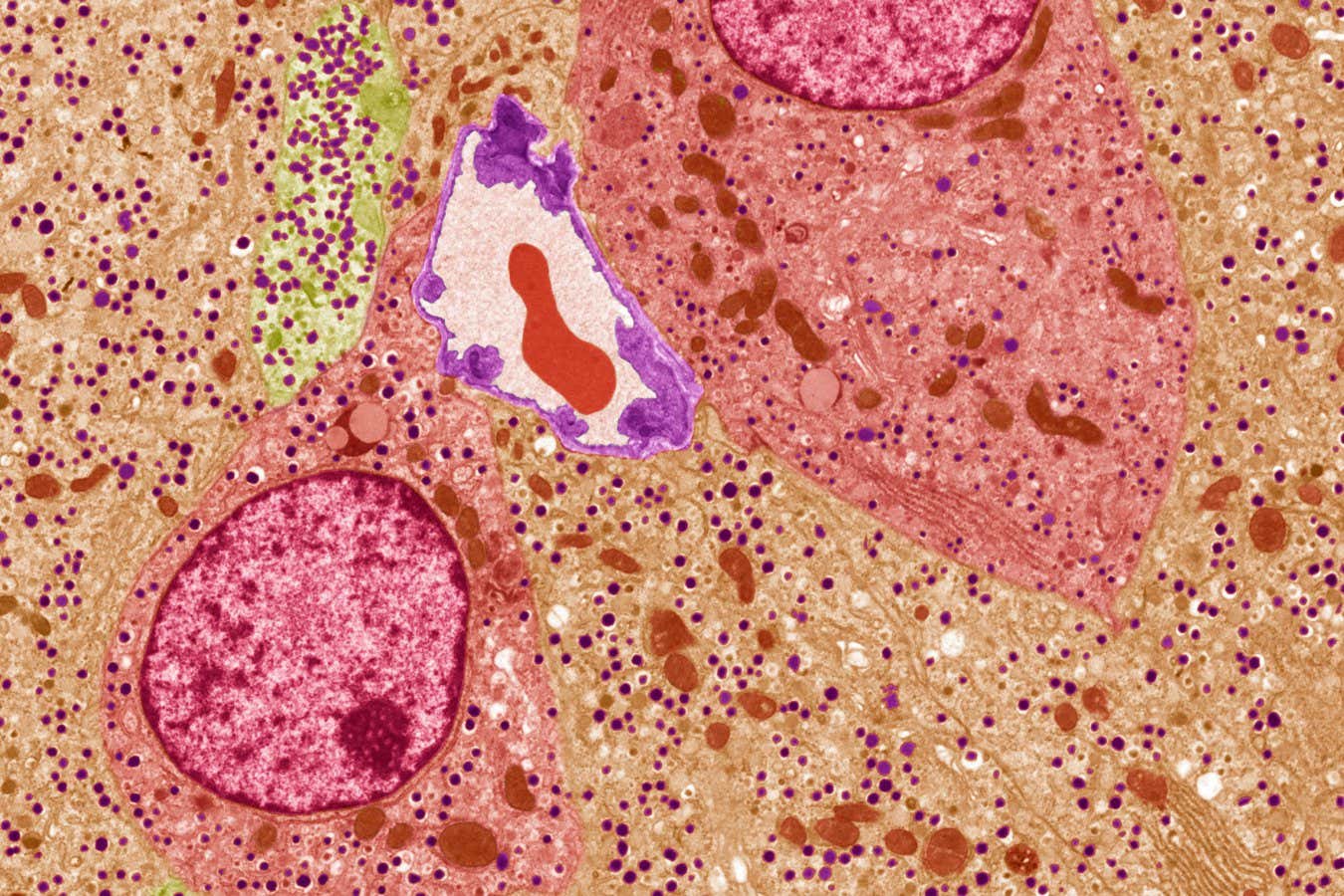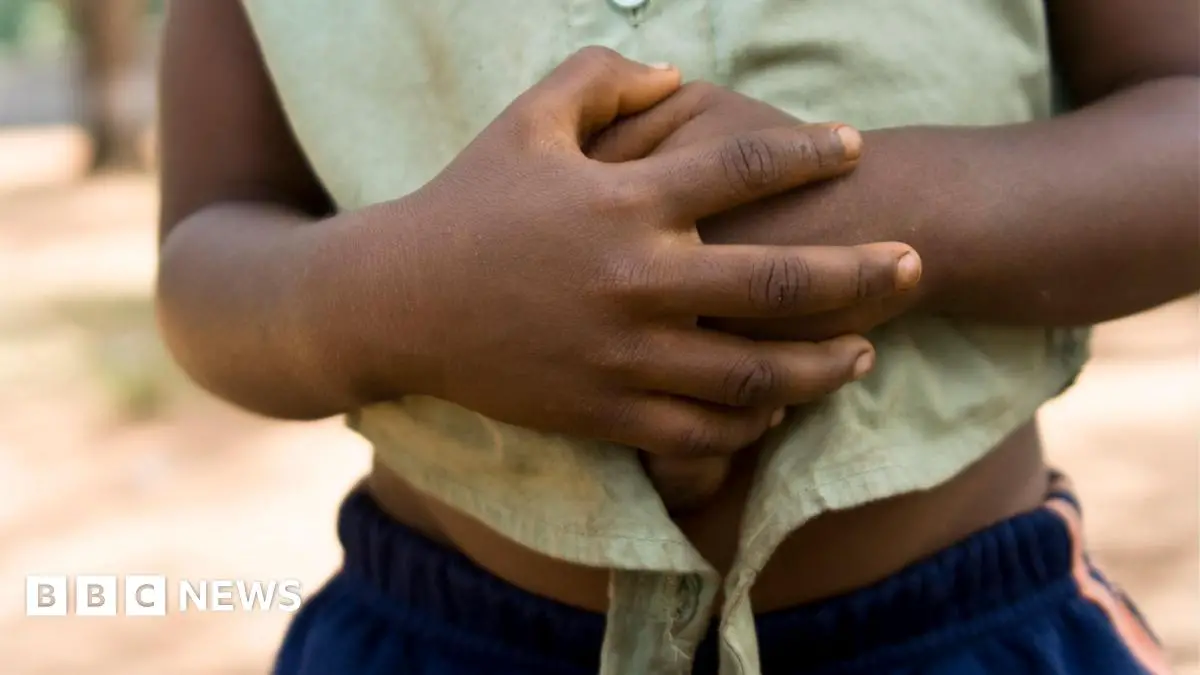

UNITED NATIONS, Aug 30 (IPS) – Since June of this year, Chad has been facing an elongated period of heavy rainfall. Major flooding has triggered the onset of a significant humanitarian crisis, as all aspects of Chadian life, including health, food production, and community, have been negatively impacted. Additionally, response plans are severely compromised due to high levels of hostility taking place in neighbouring nations.
Major floods have contributed to a staggering death count as well as an overall disruption of life. Severe flooding has led to communities being decimated as thousands of people lost their homes and all of their belongings. The United Nations (UN) briefing held on August 28, 2024 detailed the significant physical toll that flooding has had on Chad.
“All of Chad’s 23 provinces are now affected by floods following heavy rains which started earlier in the Summer, in June. According to local authorities, 145 people have lost their lives. More than 960,000 people have been impacted, with some 70,000 homes destroyed”, stated Spokesperson for the Secretary-General, Stéphane Dujarric.
Additionally, it has been reported that certain regions have been more adversely affected than others, with some areas only accessible by canoe. Flooding has also led to the collapse of critical infrastructure, including bridges, roads, and buildings.
It is important to note that Chad’s economy is critically dependent on agriculture. Approximately 80 percent of the workforce is employed through jobs in farming and raising livestock. It is estimated that around a quarter of the nation’s GDP is determined by crop yields.
Recent flooding has decimated arable land and made conditions for growing crops nearly impossible. This has led to Chad’s pre existing issues in food insecurity and famine to greatly worsen.
The United Nations Office for the Coordination of Human Affairs (OCHA) states, “The floods also severely impacted agriculture, with more than 250,000 hectares flooded and 30,000 heads of livestock washed away. With Chad’s malnutrition rates at a nine-year high, this will only aggravate an already dire food security situation”.
OCHA adds that prior to the floods that started this Summer, Chadian authorities had declared a “national food security and nutrition emergency”. This indicates that a significant percentage of the population faces risk of starvation and malnutrition.
Additionally, the World Food Programme (WFP) projects that approximately 3.4 million people are projected to face acute food insecurity for the lean season, which is happening right now. 2024 boasts the highest levels of food insecurity ever recorded for Chad, seeing a 240 percent increase since 2020.
In addition to widespread food insecurity, major flooding has raised concerns over the transmission of waterborne diseases.
The United Nations Population Fund (UNFPA) states, “four provinces and seven districts have been affected by a hepatitis E epidemic, which has a particularly high mortality rate amongst pregnant women. As of 15 July, there have been a cumulative total of 3,296 cases. 10 deaths have been confirmed, of which five were pregnant women”.
Additionally, flooding has worsened access to clean drinking water, leading to an increase in the contraction of cholera and diarrhea. Furthermore, flooding is also linked to a decrease in hygiene, leading to increased cases of malaria, meningitis, and respiratory illnesses.
Heavy flooding has also caused a significant increase in displacement levels. Due to the floods destroying thousands of homes across the country, many families have been forced to take refuge in schools and displacement camps.
“An estimated 1,778,138 people have been forcibly displaced in Chad, with the country hosting 1,388,104 refugees”, states the UNFPA.
Floods in Chad have also greatly obstructed the delivery of humanitarian aid due to high water levels in towns and villages obstructing the use of aid trucks. Additionally, pre-existing instabilities in national security have been exacerbated as armed conflict to the East of Chad prevents humanitarian aid from accessing those in need.
The Sudanese Civil War has led to armed groups pushing millions of civilians out of Sudan. Sudanese authorities have impeded aid through the Adre border crossing, which is the most efficient path for aid trucks to take through to Chad.
Dujarric adds, “Response capacity is already severely strained in Chad by the ongoing crisis in the country’s east, where large numbers of Sudanese refugees have fled to escape conflict in neighbouring Sudan”.
Currently, much is being done by the UN to mitigate dire conditions in Chad. The UNFPA is supporting 73 healthcare facilities and is delivering supplies to help expecting mothers and families in the region. The WFP is also distributing food and nutritional supplements to families that have been most affected by hunger. In addition, the UN Humanitarian Air Service (UNHAS) is helping aid workers reach remote areas that were thought to be inaccessible due to flooding.
Furthermore, the UN has launched the 2024 Humanitarian Response Plan for Chad, which seeks 1.1 billion dollars. However, it is only 35 percent funded as of the date of publication.
IPS UN Bureau Report
Follow @IPSNewsUNBureau
Follow IPS News UN Bureau on Instagram
© Inter Press Service (2024) — All Rights ReservedOriginal source: Inter Press Service






